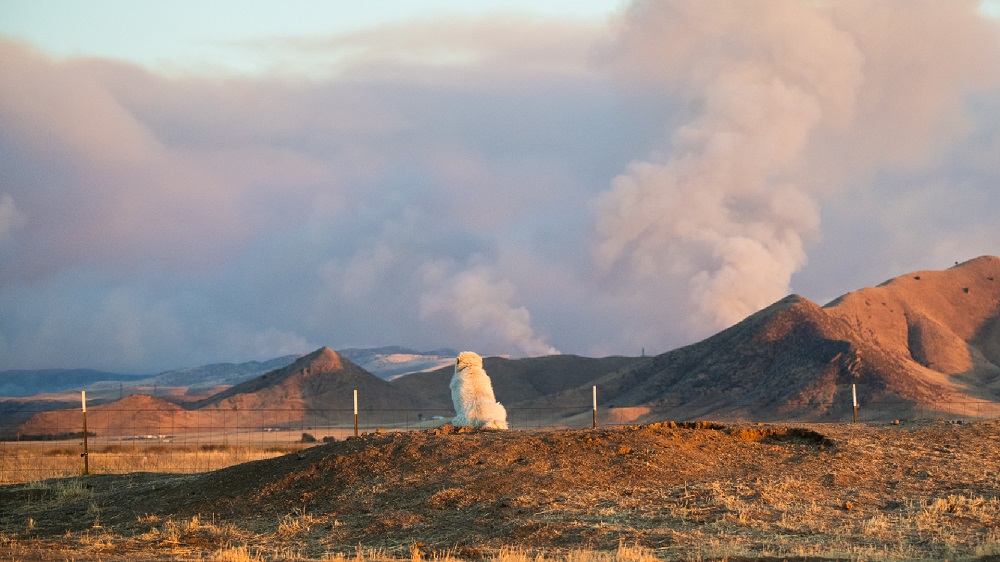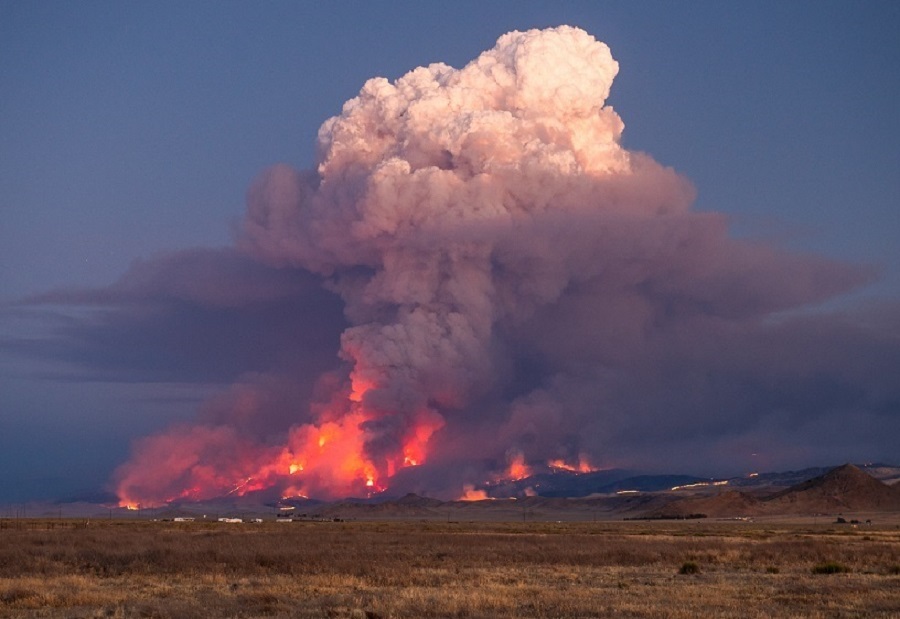How things can change in the matter of a day or two!
On July 2, 2025, a fire of unknown origin began along Highway 166 in the Cuyama Valley. Pushed by strong winds, it spread quickly to the north and northeast. Within a day, it had burned much of the State of California’s Chimineas Ranch Preserve and began spreading into Carrizo Plain National Monument.
While much of this country is grassland, it also includes areas of brush, chaparral, and juniper-oak woodland. These latter areas had little or no fire history on record, and includes many old and mature junipers and oaks. This was especially true along the ridge of the Caliente Range, where a dense woodland of California Junipers and Tucker oaks has grown and thrived for many years. The author has visited this area for over fifty years and has never seen any evidence of a major fire there. It has been reliably reported that there is no fire history for the area since records have been kept beginning in the early 1900’s.

That has all now changed. Within 24 hours, the Madre Fire had burned up into the Caliente Range and, still pushed by strong winds, was moving downhill into the Carrizo Plain proper. Local authorities turned more and more attention and staff time to the fire, and closed Carrizo Plain National Monument for safety reasons. The monument reopened on July 21, 2025. At 100% containment, the fire burned 80,779 acres—about half of that in the Monument. It threatened a number of historic buildings and ultimately did burn several outbuildings, including a few beloved old barns that were remnants of the ranching history of the area.
Foremost of this is the loss of the juniper-oak woodland along the ridge and elsewhere; this may include areas of Chimineas Ranch and Los Padres National Forest to the west. While the grassland areas and brushy areas may quickly recover and even diversify as a result of the fire, the junipers are another story. Many are believed to be hundreds of years old; some of them have even been reported as nearing one thousand years of age!
I don’t know what if anything could have been done to prevent the Madre Fire. Perhaps it is a warning that the lands we have known and loved all of our lives are simply now at risk due to a hotter and drier environment. Look at the loss of giant sequoias in the fires in the southern Sierras in 2020 and 2021: no one was ready for such trees to be overcome by fire. If the trees are 5% or 10% drier than they were historically, then perhaps they are just that much more likely to be overcome by fire and heat.
I am hoping that maybe a reasonable percentage of the junipers on Caliente Ridge may have survived the fire and can still contribute to the ecosystem there. (I am not too worried about the Tucker oaks; they should resprout and be healthy again in five to ten years.) As for the junipers, we will see. What is a reasonable survival rate? 20%, 30%, 50%? I don’t know. But it will never be what it was like on July 1, 2025, at least not in my lifetime.
We at Carrizo Plain Conservancy will continue our efforts to work with our partners to advance habitat conservation in and around Carrizo Plain National Monument, including efforts to expand the Monument as well as protecting additional areas in both State and local preserves. We hope you will continue to support us as you have, and consider making a contribution to support the recovery efforts from the effects of the Madre Fire.
We will continue to observe this recovery and report on it from time to time.
Neil Havlik, President
Carrizo Plain Conservancy
UPDATE: The Madre Fire left numerous areas along Caliente Ridge unburned, thus creating a mosaic of vegetation to be the basis of recovery. This can be seen in the following photos, taken two weeks after the Madre Fire by Neil Havlik:

Looking westward up onto Caliente Ridge from Selby Camp showing how fire impacts were in some places worse lower down on the mountainside than on top, a result of wind-driven flames and firebrands.




